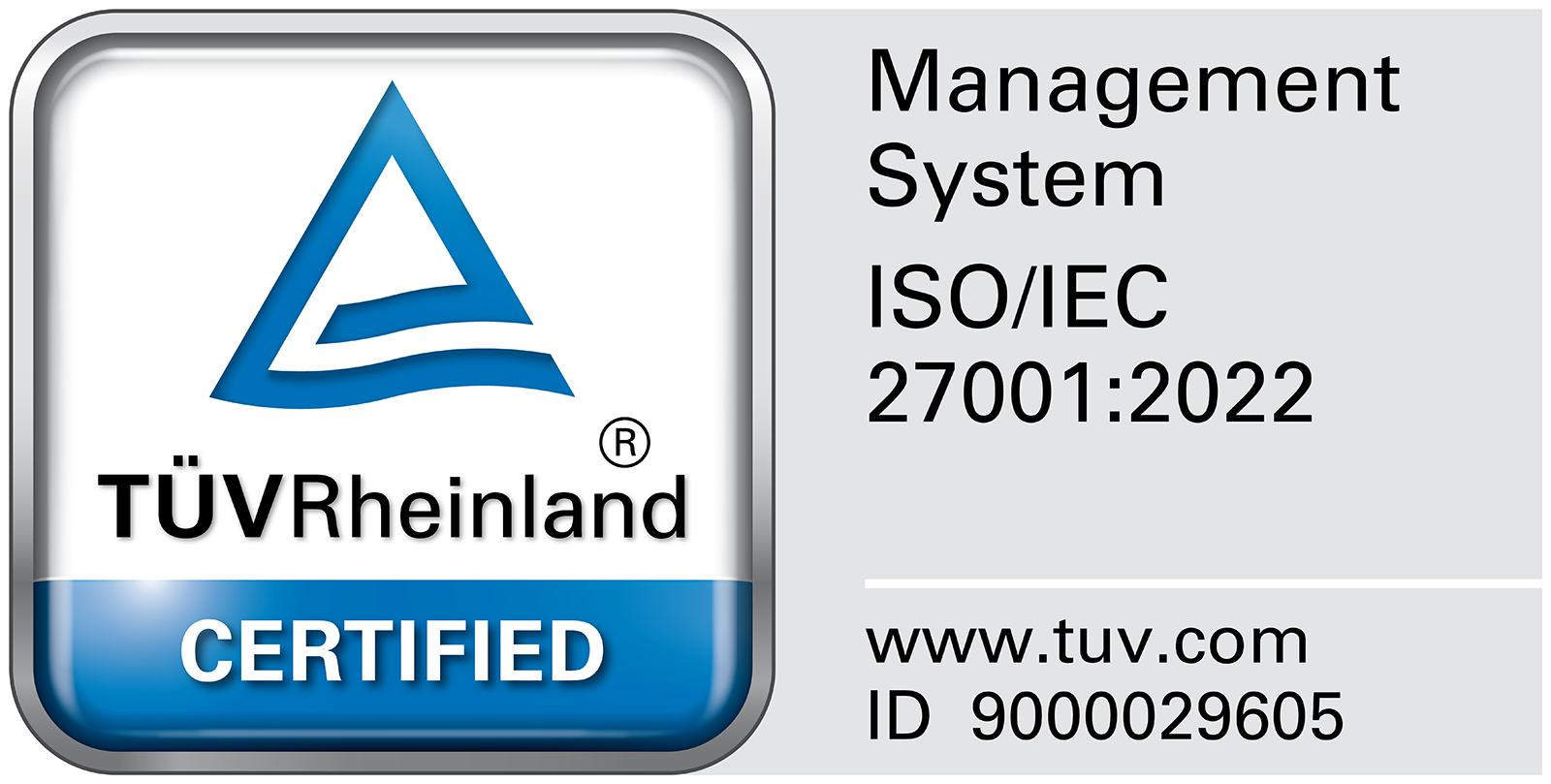Only six years since its inception, Indonesia-based fintech firm DigiAsia Bios has accomplished several noteworthy feats, including securing the support of major investors, enlisting former top government officials as part of its team, and most recently, finalizing a SPAC merger deal to go public in the US.
In 2020, Mastercard injected US$25 million in series B funding into the company, with a post-money valuation of US$225 million. Another investor is Reliance Capital Management (RCM), which led a US$14.5 million round before DigiAsia’s merger agreement with blank-check company StoneBridge last December.
Both Mastercard and RCM are existing shareholders in DigiAsia, and all shareholders are expected to roll all of their equity into the combined entity, which currently has a pre-money valuation of half a billion dollars.
After the merger deal, investment manager Yorkville Global Advisors entered into a standby equity purchase agreement with DigiAsia to provide up to US$100 million of equity financing, including an advance of US$30 million.
If the public listing – which is scheduled for the second quarter of this year – goes through, the combined entity could raise up to US$200 million. The firm intends to use this to fund a customer and ecosystem buildout, new product development, expansion with current customers, and monetization of data in its ecosystem.
DigiAsia confirmed with Tech in Asia that there have been no major obstacles to its SPAC plans so far and that the listing remains on track.
With the capital raised, the company intends to swiftly expand into Southeast Asia and establish itself as a prominent player in two segments: white-label digital wallets and banking as a service.
“We are highly confident in our model, especially with the improving microeconomy in Indonesia and the potential of our solutions being embraced domestically,” says Joseph Lumban Gaol, DigiAsia chief of digital ecosystem integration.
Trailblazing embedded finance
DigiAsia was founded in 2017 by Alexander Rusli and Prashant Gokarn, former executives of Indonesian telco Indosat. The fintech firm claims to be the first mover in the country’s embedded finance-as-a-service industry.
With this model, the company can integrate its entire range of products and services into any platform, making it easier for corporate partners and consumers to adopt fintech solutions.
It operates a B2B strategy, with the end beneficiaries being individual customers and merchants. Apart from ewallet and banking licenses, it has also secured approval to provide peer-to-peer lending and remittance solutions. Its four affiliates are KasPro for e-money, KreditPro for lending, RemitPro for remittances, and DigiBos for digital financial services.
DigiAsia works hand in hand with finance providers to tap into uncharted business segments that are constrained by cost efficiency, regulation, and risk appetite, says chief marketing officer Rully Hariwinata. The firm’s goal is not to disrupt these businesses’ operations and supply chains, but to build something on top of them, he adds.
“B2B companies – big and small – are often hindered in addressing their market because there is an unanswered financial service gap. Now, they can just embed it [the service] on us,” Hariwinata tells Tech in Asia.
Embedded financial services in the US reached US$2.6 trillion, or 5% of all financial transactions, Bain & Co. reported. In 2021, such services generated US$22 billion in revenue.
The report suggested that the embedded finance model has a superior value proposition as it uses customer data to enhance financial access and reduce costs. Retail and ecommerce, food delivery, and mobility are the most mature industries utilizing the model, which replaces the traditional bank-driven value chain and requires four main participants: end customers, platforms, software enablers, and regulatory service providers. Firms can adopt multiple roles and models, which can pose a threat to traditional institutions.
‘A healthy level of profitability’
DigiAsia’s business model is sustainable and fast-growing, Stonebridge said in a press statement. “Our burn rate is low because we operate in B2B and we’re not aggressive in B2C promotions. That’s why we can keep a healthy level of profitability,” Gaol stresses. Moreover, Gaol says the company doesn’t spend heavily on marketing and salary costs – it has around 100 employees.
The firm shares that in 2022, it recorded 35 million transactions across its services – an increase from 21 million in 2021 – and an average take rate of 2%. It also recorded a gross transaction value (GTV) of US$3 billion in the fourth quarter of last year, with a 200% annual GTV growth between 2021 and 2023.
In addition to 750,000 merchants on its platform, DigiAsia has 73 enterprise customers and aims to increase this figure to 100 by the end of the year. Concurrently with the SPAC deal, DBS Bank has agreed to distribute loans of up to US$100 million into DigiAsia’s supply chain ecosystem through KreditPro.
Last year, former Agrarian Affairs and Spatial Planning Minister Sofyan Djalil joined DigiAsia as an advisor, following in the footsteps of ex-Communications Minister Rudiantara, who had taken on the same role in the company.
Djalil said that he would support DigiAsia in further increasing the financial inclusion rate in Indonesia, which had reached 83.6% in 2021.
Despite such progress, Indonesia’s credit card penetration rate remains one of the lowest in the region, and around half of the country’s population is unbanked – a big opportunity for DigiAsia to capitalize on.
Growing significance of the industry
Going forward, Bain & Co. said embedded finance will attract significant funding and play a fundamental role in changing how consumers interact with their finances. The segment will lead to both fragmentation and consolidation of the existing value chain, enabling platforms to curate partnerships that offer customers more contextual, seamless, and accessible financial services.
In Indonesia, DigiAsia has partnered with a number of notable names, including Bukalapak, Garuda Indonesia, eFishery, Home Credit, and Bank Neo Commerce. Mastercard is also an exclusive partner of DigiAsia. According to a recent fintech report by AC Ventures and Boston Consulting Group, digital ecosystem players have the opportunity to enhance customer retention and minimize friction during the point of sale by utilizing embedded financial products.
Despite being the sole provider of embedded finance as a service, DigiAsia admits that there’s indeed competition from local firms, although it’s not always in a direct form. For example, Bank Mandiri has launched Kopra, a singleaccess digital financial service for business actors in the wholesale segment and their value chains from upstream to downstream.
Kopra enables Bank Mandiri customers to access various things, from their companies’ financial data and cash management to foreign exchange rates and subsidiary registration.
Still, as Bain & Co. pointed out, such standalone offerings provided by traditional financial institutions are distinct from financial services embedded into day-to-day apps, which could give more convenience to end users.
“And because we’re not a bank, we can be more agnostic. As an enabler, we don’t have to specifically work with just one bank,” Gaol says. He also argues that the company has better momentum now as the model has received more acceptance compared to several years ago.
US-based Stripe, which is also a financial services enabler, prepared to enter Indonesia in 2021 but faced obstacles along the way. Embedded finance wasn’t a hot topic at that time, and there was a growing crop of payment firms competing locally. “The lesson we can learn from this is that Indonesia is always 10 years late in taking up innovation from the US,”
Gaol adds. “Stripe had the right technologies, but it’s also about momentum. Now we have strong local insights, regulatory relationships, and influence on the industry.”
Media Coverage













